What is a Stereoscopic Microscope?
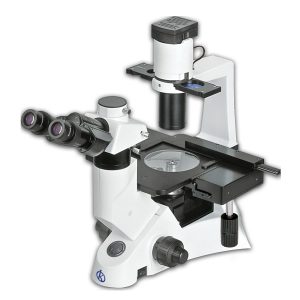
Initially, the use of the stereoscopic microscope is employed to make studies of very tiny samples, to be analyzed with the naked eye, from another larger perspective, under the compound microscope. Its magnification ranges from about 5x to more than 60x, and uses light expressed on the surface of the object under study. Stereoscopes are also known as dissecting microscopes, as they are often used to store samples, separating from them those parts that will be examined by other types of microscopy.
How is a Laboratory Refrigerator made?
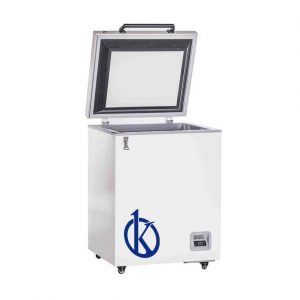
Generally, the laboratory refrigerator, is made of resistant steel material and consists of an evaporator, storage cabinet located under the evaporator, where you can place shelves for storage, as well as the thermostat, which allows you to open and close an electrical circuit by action of a change of temperature, and the cooling system. The evaporator, located on top of the cold cabinet with sub-zero cooling functions, can reach temperatures of 5 to 30 °C.
What is the Classification of a Laboratory Refrigerator?
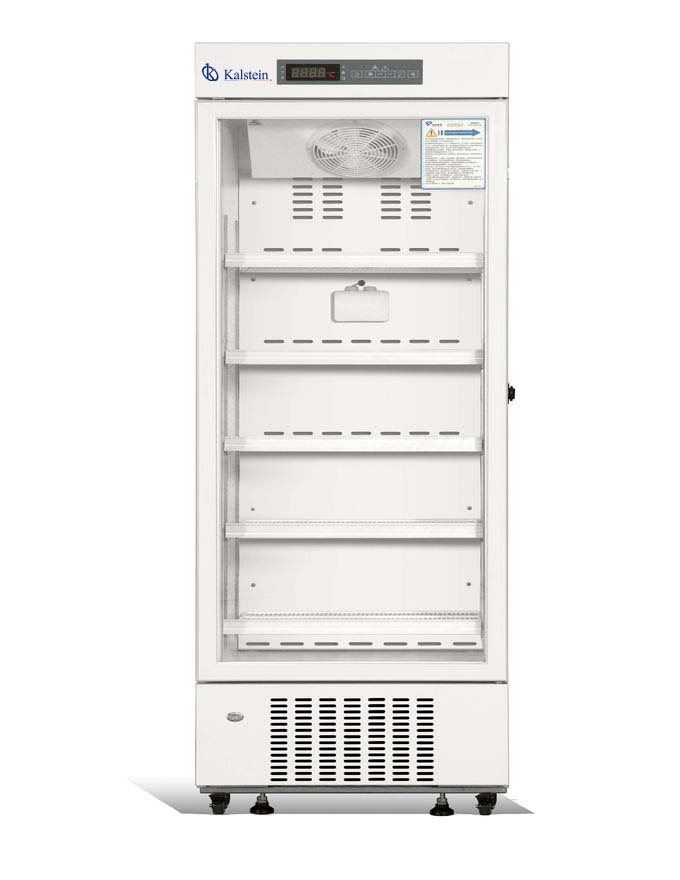
Within a laboratory, there are many instruments that are essential for research, testing and fieldwork, ideal for the conservation of study samples, which must have the ability to keep very important substances and fluids in perfect refrigeration. In many cases, for human health.
What are the differences between laminar flow hoods and type I biological safety cabinets?
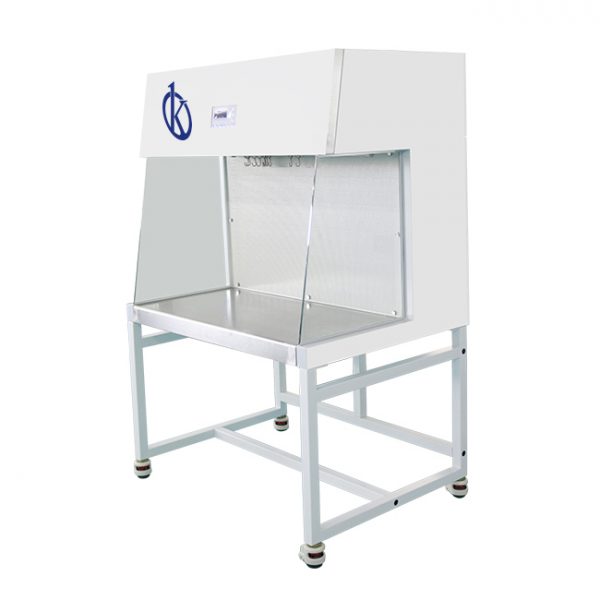
A laminar flow hood is equipment used in laboratories in order to provide a pollution-free environment, as it offers a sterile and safe area within the laboratory, and any activity that is required safely can be carried out within it. The laminar flow hoods have a HEPA filter, which is responsible for filtering the air and maintaining the air flow.
What is an optical surgical navigation system?
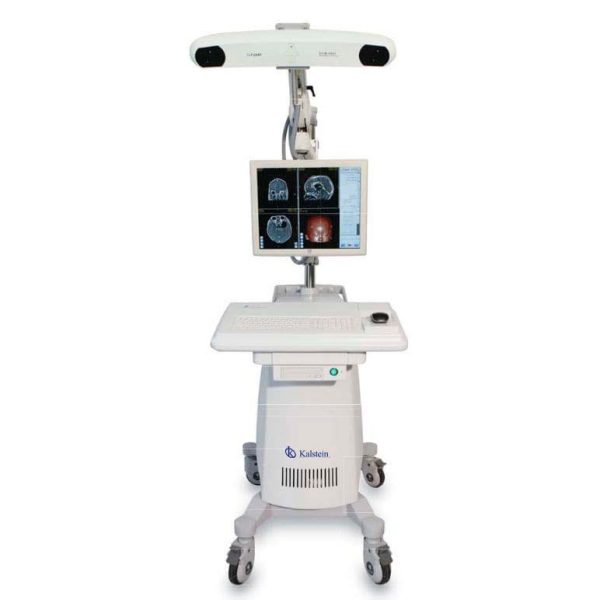
A surgical navigation system is a device that helps the planning and execution of surgical procedures in operating rooms, that is, it allows guiding surgical instruments such as the scalpel. It consists of instruments that are connected to screens by sensors with image methods. There are two types of navigation system: optical and electromagnetic, providing flexibility and efficiency combined in a design that takes up little space in the operating room.
Benefits of a Surgical Navigation System
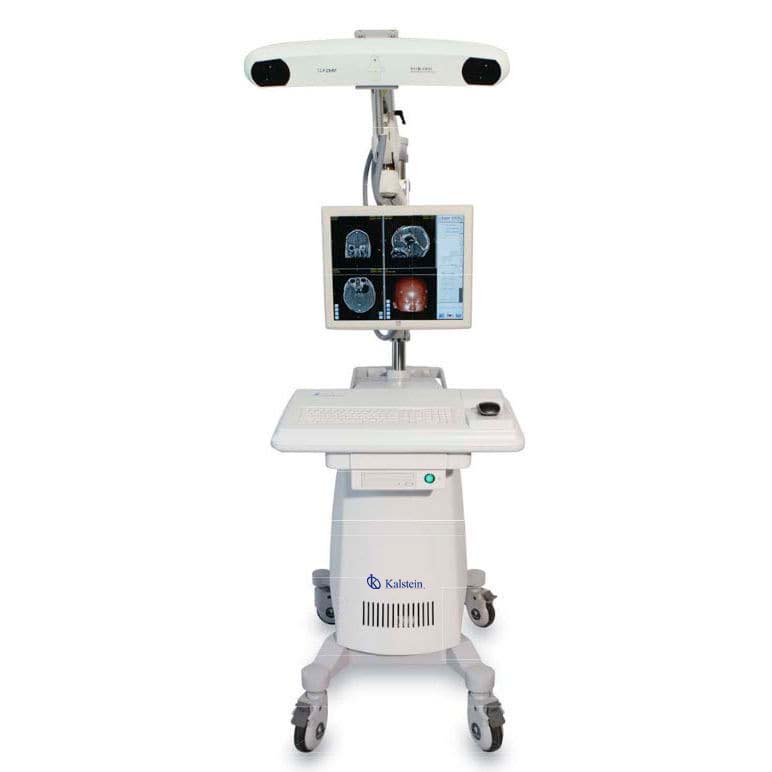
Surgical navigation systems are modern medical equipment that allows visualizing the anatomy of the patient during a surgical procedure and accurately tracking the location of the instruments used in surgery. They reduce the traumatic risk and help in the surgical process
What is the optical surgical navigation function?

Computer-assisted surgery are methods of computer technology for the realization and planning of a surgical intervention. Optical surgical navigation is considered, the passage of computer surgery as a traditional basic element resulting in touch control, stereoscopic vision, manual dexterity and complete visual control of the surgical field.
What technology does an ELISA microplate reader use?
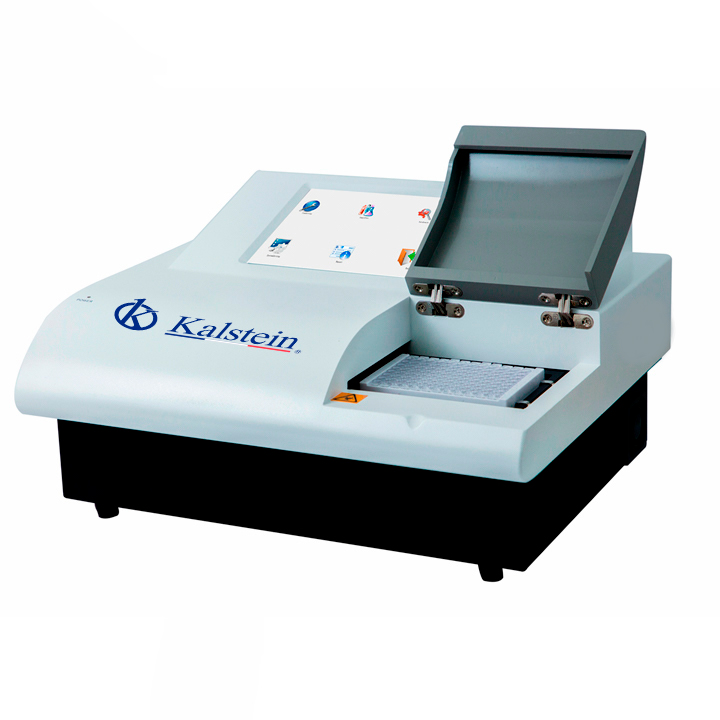
An ELISA microplate reader is a laboratory instrument that is responsible for detecting and processing biological and chemical data by absorbance (ELISA, enzymatic activity and quantification of nucleic acids and proteins), luminescence and fluorescence detection modes, including intensity, TRF and polarization according to the model. They are useful laboratory tools used in drug discovery, research, immunologic testing, hormone detection, bioassay validation, and biopharmaceutical manufacturing.
What are the technical characteristics of an analytical balance?
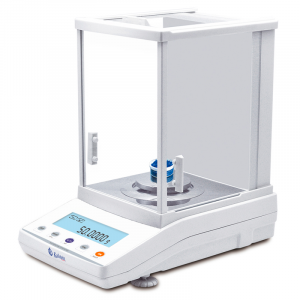
An analytical balance is a laboratory instrument capable of providing fairly accurate measurements, as they are equipped with a system capable of measuring minimal differences in mass. They are usually designed with a transparent box with doors for the door, which isolates the balance from factors that may affect its operation and operation.
Operating lamp: what color should the lighting have in an operating room?
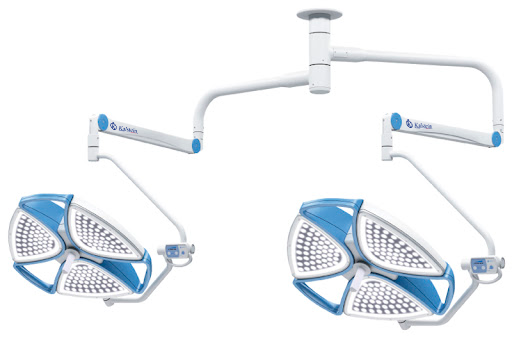
One of the aspects that is important that is part of the needs of a surgeon at the time of operating, is lighting; in operating rooms certain basic elements are needed for the surgeon to do his job such as: a sterilized environment, gowns and surgical material; operating table and instrumentalist doctors, anesthesiologists; however, one of the indispensable structures are the operating lamps, and with them the color of the lighting of the operating room.
